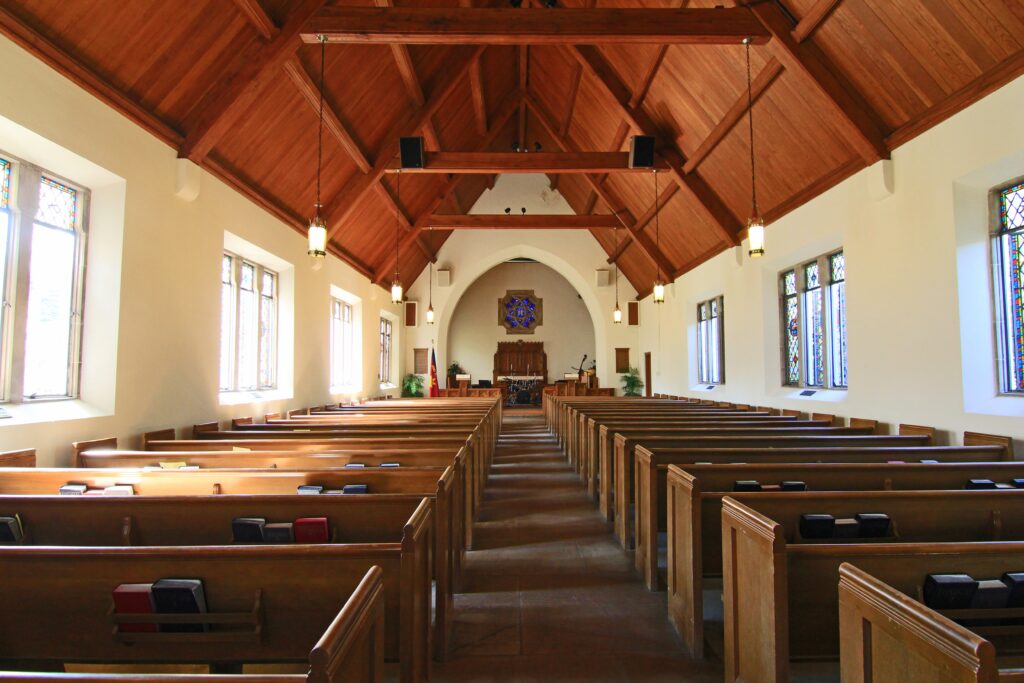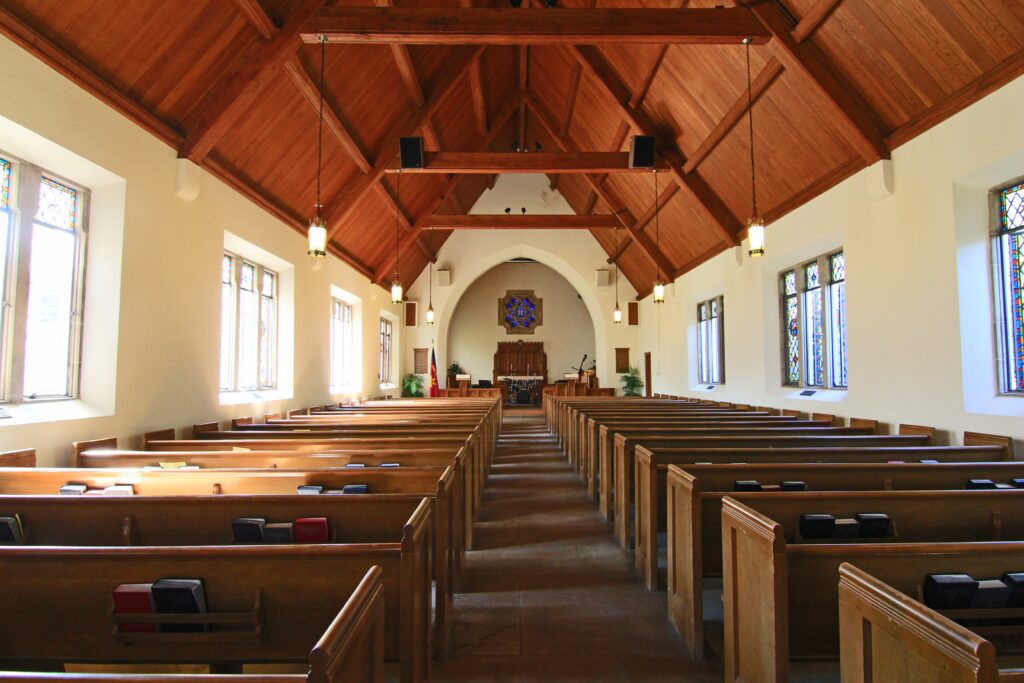Do you ever wonder if there are dress codes for visiting churches or other religious sites? In this article, we will explore whether certain attire is expected or required when entering these sacred spaces. You will learn about the cultural and religious reasons behind dress codes, and how to dress appropriately to show respect and avoid any potential discomfort or offense. So, keep reading to find out more about what to wear when visiting churches or other religious sites. Yes, there are dress codes that should be followed when visiting churches or other religious sites. These dress codes are in place to maintain respect and reverence, demonstrate cultural sensitivity, and preserve the sanctity of the site. Different religions have their own specific dress codes that adherents and visitors are expected to follow.
In Christianity, it is important to dress modestly when visiting a church. Both men and women should avoid wearing revealing or provocative clothing. Shoulders and knees should be covered, and hats or head coverings should be removed. The focus is on dressing respectfully and appropriately for the religious setting.
In Islam, modesty in clothing is highly valued. Women should cover their hair and bodies, while men should wear loose and non-transparent clothes. Shoes and headgear should also be removed when entering a mosque. The emphasis is on maintaining modesty and humility in one’s appearance.
Hinduism also has specific dress codes for temples. It is traditional to wear ethnic or traditional clothing when visiting a temple. Leather or animal products should be avoided, and shoes and headgear should be removed. Carrying bags or electronic devices inside the temple is also discouraged.
Buddhist monasteries require visitors to dress modestly and decently. Flashy or noisy accessories should be avoided, and shoes and hats should be removed upon entering. Tattoos and piercings should be covered, as the focus is on creating a peaceful and respectful environment.
In Judaism, it is customary to cover shoulders and knees when visiting a synagogue. Men are expected to wear a head covering, known as a kippah. Conservative and respectful attire should be worn, avoiding clothing with offensive graphics.
Sikhism requires visitors to cover their heads with a turban or scarf, known as a dastaar. Modest attire should be worn, and shorts or sleeveless tops should be avoided. Shoes should be removed, and feet should be covered with socks when entering a gurdwara.
It is important to note that there are many other religions with unique dress codes that should be respected. It is crucial to research and understand the specific requirements before visiting religious sites associated with these religions.
Overall, respecting and following dress codes when visiting religious sites promotes cultural understanding and shows respect towards religious traditions. By adapting to the appropriate dress code, you are acknowledging and honoring the customs and practices of the religion. This contributes to a welcoming and inclusive atmosphere for all visitors. So, the next time you plan to visit a church or any other religious site, be sure to dress appropriately and respectfully to show your understanding and appreciation for the religious practices and traditions.







